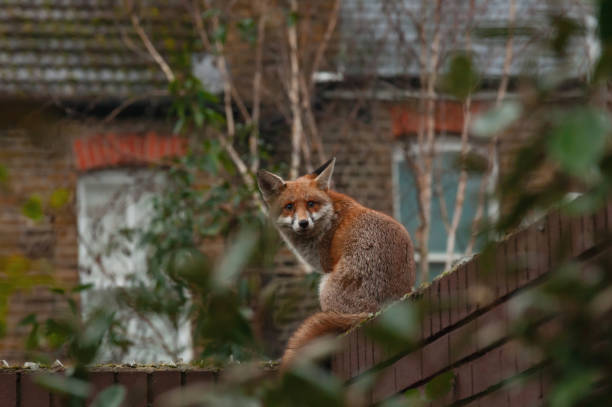Practical Guide to Using a Bird Feeder
A bird feeder is a simple way to invite birds into your yard and observe nature up close. Beyond the pleasure of watching wild birds, feeders can supplement natural food sources during cold seasons, migration, or in urban areas with less habitat. Responsible feeding practices support local wildlife, reduce disease risk, and help maintain natural behaviors when done with care and consistent maintenance.

Why provide a bird feeder?
Providing a bird feeder can increase local bird activity and add biodiversity to a garden or balcony. Feeders offer supplemental food when natural sources are scarce, such as in winter or during migration. They also create opportunities to learn about bird behavior and ecology. It’s important to balance feeding with habitat improvements — native plants, water, and shelter help sustain populations naturally — and to avoid overfeeding, which can make birds dependent on artificial sources.
Choosing a bird feeder
Choose a feeder based on the birds you want to attract and your maintenance capacity. Tube feeders are good for small seed-eating birds; hopper feeders hold larger quantities for mixed flocks; platform feeders suit ground-feeding species; nectar feeders attract hummingbirds; suet cages reach woodpeckers and insectivores. Consider weather resistance, ease of cleaning, and predator guards. Material (metal, plastic, wood) affects durability and cleaning. Match feeder design to seed type to reduce waste and discourage unwanted pests.
What birds will visit?
Which birds visit depends on region, habitat, and food offered. Seed mixes and sunflower seeds commonly attract finches, sparrows, chickadees, and cardinals. Nyjer or thistle seed favors finches like goldfinches. Suet attracts woodpeckers, nuthatches, and wrens, while nectar feeders support hummingbirds in areas where they occur. Observing peak visit times and noting plumage and calls helps identify species — local bird guides, apps, or community groups can help interpret what you see.
How feeders connect to nature and wildlife
Feeders offer a low-barrier way to engage with wildlife and learn about ecological relationships. They can support wildlife during stressful times and provide a focal point for backyard natural history observation. Responsible feeding also contributes to citizen science: recorded observations can inform local understanding of bird presence and migration timing. However, feeding should complement habitat conservation rather than replace it; native plantings, shelter, and clean water are key to supporting diverse wildlife.
Maintenance and safety for birds
Regular cleaning prevents disease spread among visiting birds. Clean feeders about every one to two weeks, or more frequently in wet weather, using a diluted bleach solution (approximately one part household bleach to nine parts water), rinse thoroughly, and allow to dry. Replace wet or moldy seed immediately. Position feeders to reduce predation risk—keep them away from dense cover where cats can hide and provide some open space for birds to spot predators. Store seed in cool, dry containers to deter pests.
Seasonal tips for feeding birds
Adjust food and feeder care seasonally: offer calorie-rich mixes in winter, provide nectar in spring and summer for hummingbirds, and reduce quantities in mild seasons to avoid spoilage. During nesting season, refrain from placing feeders too close to known nest sites to minimize attracting predators. In migration periods, offer high-energy foods and maintain water sources. Monitor local conditions — drought, heavy snow, or insect booms — and adapt feeding practices to complement natural food availability for local bird populations.
In summary, a bird feeder can enhance your connection to the outdoors while supporting local birds and wildlife when used thoughtfully. Selecting the right type, offering appropriate food, maintaining cleanliness, and integrating feeders with habitat improvements helps create a safer, healthier environment for both birds and people who enjoy watching them.






